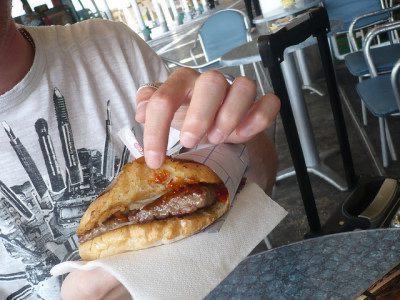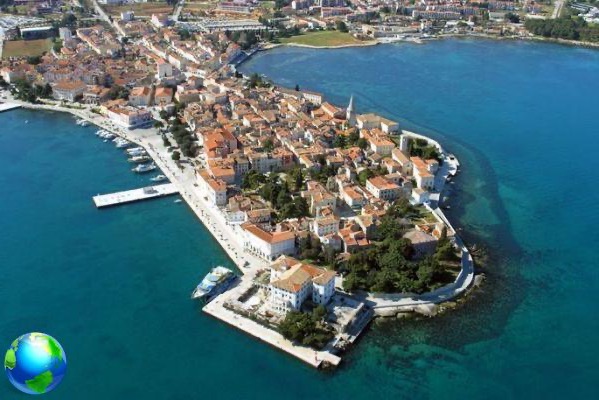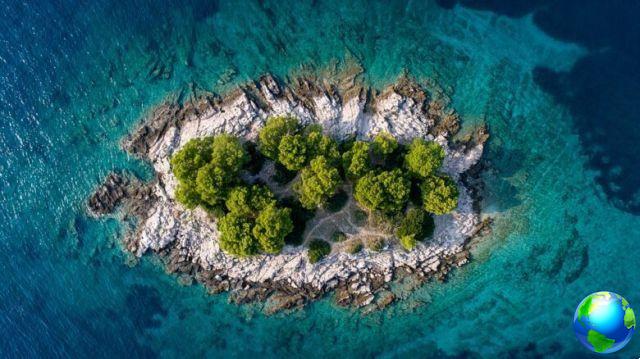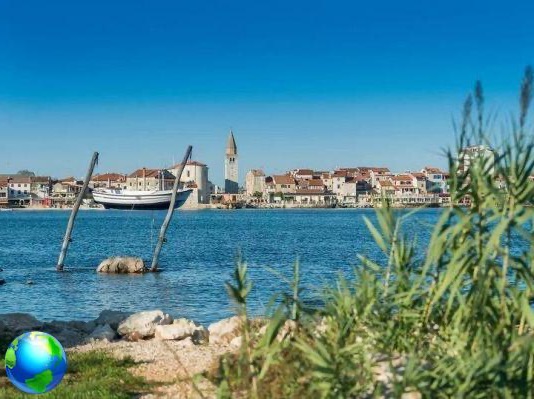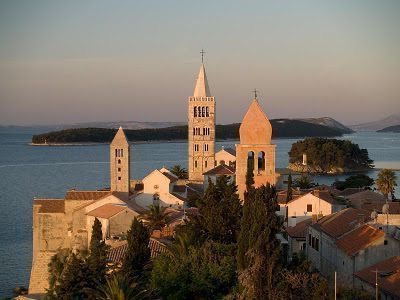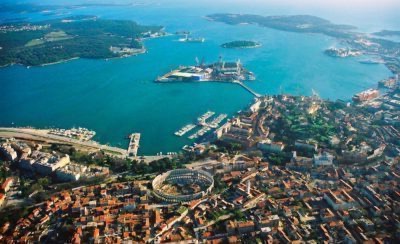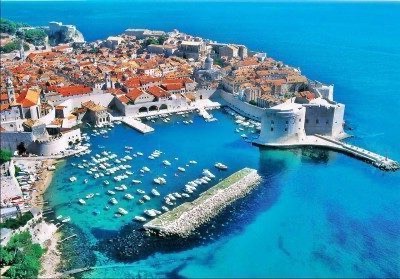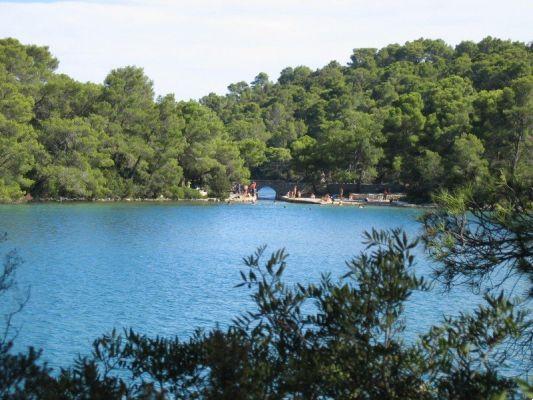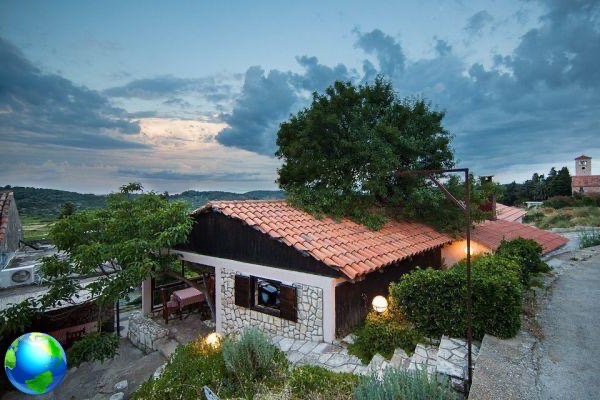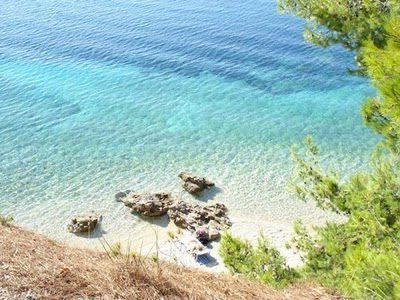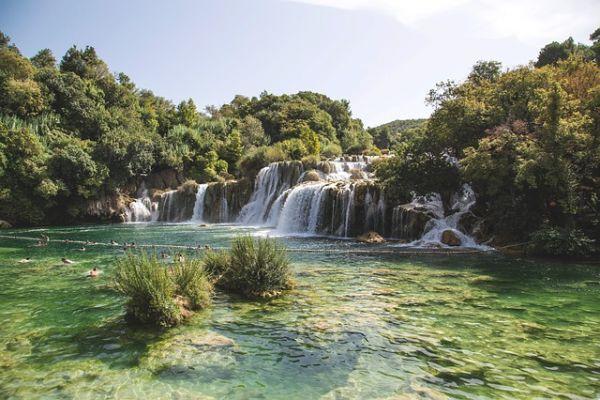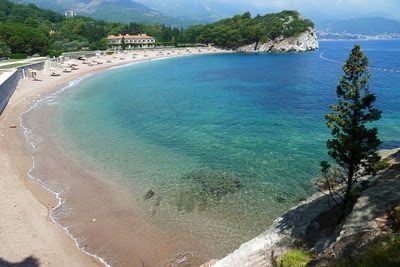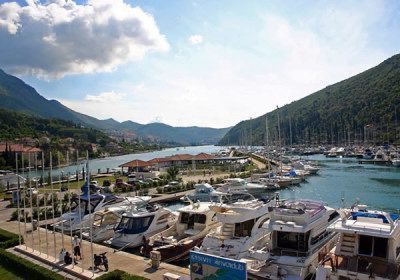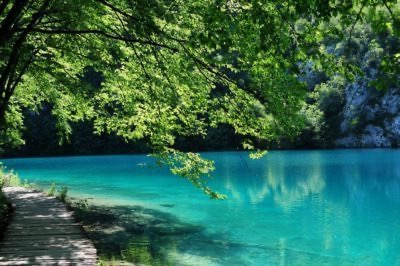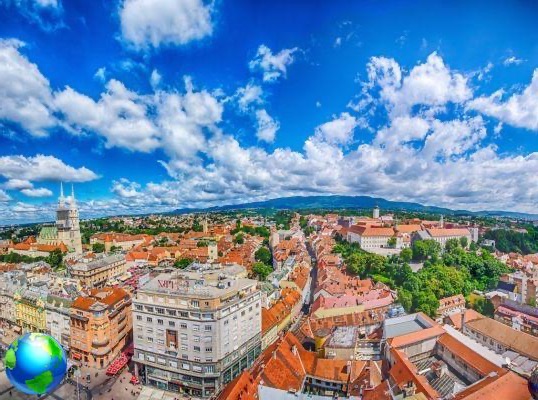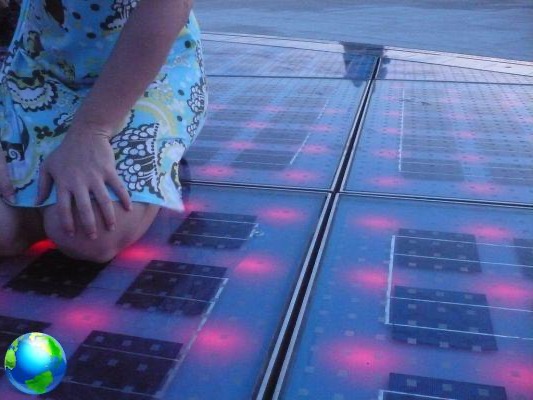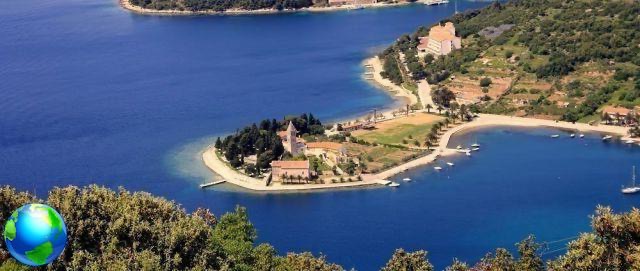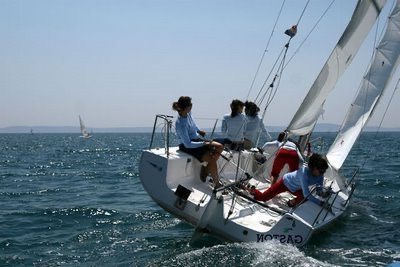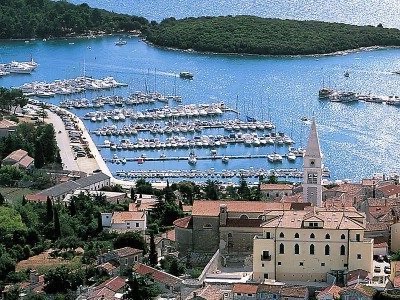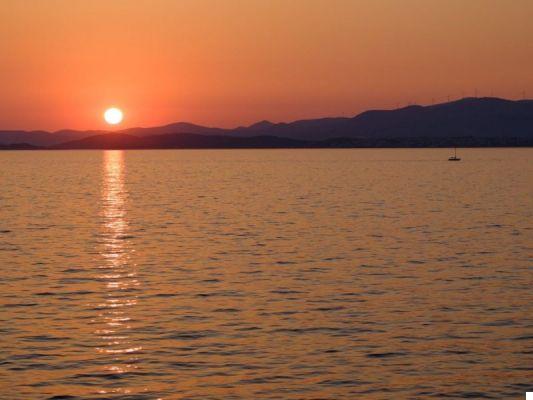Rovinj and Pula between culture and essential stops: discovering the Serenissima in Istria, charming villages and attractions.
Discovering the Most Serene in Istria.
Following the visit of Porec and its surroundings we went to Rovinj.
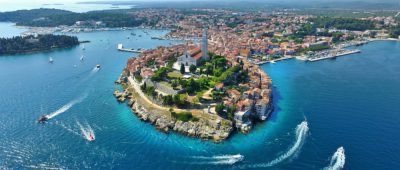
What is Rovinj?
A little gem.
A strip of land that rises towards the sea, a peninsula in the peninsula.
The village is dominated from above by the Basilica of Santa Eufemia.
The church was built in 1700, but the peculiarity lies in the fact that it was built on existing structures, most likely on the remains of a small church dedicated to San Giorgio.
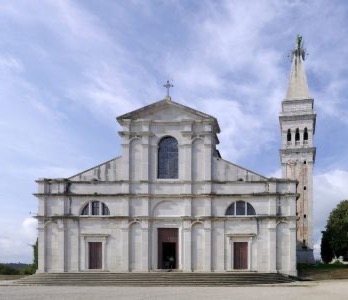
Inside, the remains of Santa Eufemia are preserved in a sarcophagus dated around the sixth century.
An important reference here to the Serenissima comes from the Venetian-style bell tower built in the seventeenth century on which you can, obviously for a fee, also climb.
The church is located on top of this strip of land and from here you have a panoramic view of the entire Adriatic Sea.
It is a relaxing and contemplative place where you can rest and enjoy the sea breeze.
Located just below the church then there is a small concrete bunker where you can enjoy the splendid panorama.
The streets of the village
After visiting the church, we leave for the splendid streets of the village and its views.
It is not unusual to find yourself in front of Venetian arches from which to look out to enjoy this splendid sea and immortalize its bright colors.
Among the alleys of this village, made of splendid local stone, we find the clock tower with its second reference to the Serenissima, a memory linked to the relief of the winged lion of San Marco.
The tower has actually been the subject of numerous retouching, including the last one in the twentieth century, so it retains little of that period except the glories of an ancient past.
The entrance to the old fortified village was from the arch of the balbi.
It is the third reference to the Serenissima.
In fact, even here we find the winged lion that dominates the passers-by from above.
It was named in honor of the podestà Balbi who ruled over Rovinj.
Wandering through these alleys you come across a thousand views from which to photograph and admire this splendid village.
The vivid colors and accesses of the houses, red, yellow and orange, in fact contrast with the blue of the sky and the sea.
Discovering Pula
The third stage of the Istrian tour and the search for traces of the Serenissima brought us to Pula.
While Pula actually has more attractions, museums and culture, it certainly has less charm.
In my opinion it is more gray, more chaotic and disorganized.
Porec and Rovinj are more cared for, and certainly more liveable.
But obviously nothing detracts from the charm of the story.
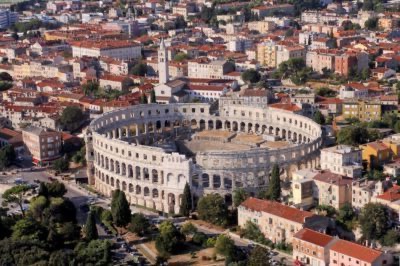
The first almost obligatory stop is thePula amphitheater, also called arena.
It is the sixth largest amphitheater in the world and therefore deserves the attention of the case.
Even if it dates back to the Roman era, specifically it goes back directly to Augustus, the most singular history relating to this amphitheater is due to the Serenissima.
It was in fact proposed, under Venetian rule, to dismantle this arena and rebuild it in Venice.
Obviously, this idea was thwarted and since then a plaque has been placed on one of the towers of the arena in memory of the one who stopped this mess, Senator Gabriele Emo.
Climbing into the stands is almost exciting.
You can easily leave out all the rest and imagine this arena full, with the gladiators at the center intent on their games and the images of warriors who give themselves to them for good reason immediately come into the imagination.
Entrance to the Pula arena
After returning to the present we head into the basement of this arena.
Entrance to the arena costs between 50kn and 25kn depending on reductions or not.
The permanent exhibition in its basement concerns the production of oil and wine in ancient Istria.
In fact, there are numerous amphorae, millstones and the mill used at the time.
Leaving the arena we head towards the Venetian fortress.
It was built in 1630 by the Serenissima with a purely defensive function.
The cannons, walls and ramparts used to defend the city are still visible today.
There is also the possibility to climb to the top of the tower and admire the 360 ° panorama over the whole city.
Leaving the Kastel we head towards the old city and we do it passing right under thearch of the Sergi.
The arch is the entrance to the "ancient living room" of the city and can be dated to around the II / III century. B.C
It is a true example of a monumental arch under which to pass to visit the treasures of this city.
Going along the main street you arrive at the piazza del foro where you can visit the Temple of Augustus and the Goddess Rome.
Admission costs 5kn for students and 10kn for adults but it is really worth it.
From the outside it is majestic, with these huge, giant blocks, but the inside actually looks minute.
This temple was destroyed by fires, bombings and suffered numerous collapses.
But stubborn and stubborn he is still there in his place, like a puzzle made up of giant pieces.
Other tips for visiting Pula
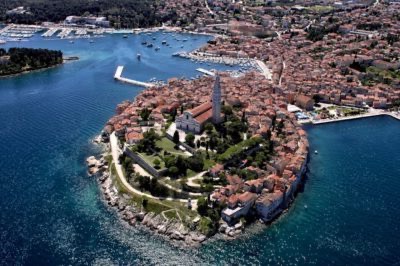
the small Roman theater, located under the fortress, actually not open to visitors as some work is underway, the Gemina gate, the mosaic of Dirce's punishment - get ready for a treasure hunt - the Hercules gate, the archaeological museum and the cathedral of the fifth century of the assumption of the blessed virgin Mary.
I transfers from Porec to Rovinj and from Porec to Pula, we bought both a / r on the getbybus website, with the simplicity of showing the drivers the qr code of the ticket.
Nothing takes away the possibility of making the same boat trip, obviously in a more panoramic way.
Summing up I would say that they are all cities in which Roman and Venetian history are inextricably intertwined and this union is still visible today.
The Roman civilization with its stones, amphorae and columns.
The Venetian civilization with its winged lions, its arches and its towers.
Istria will surely leave you with a pleasant memory,
a pleasant melancholy, linked to its perfumes, its sea, its people and its history.




